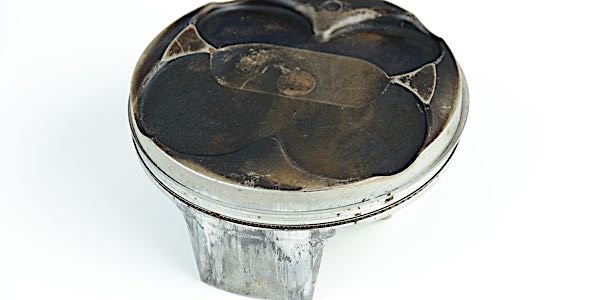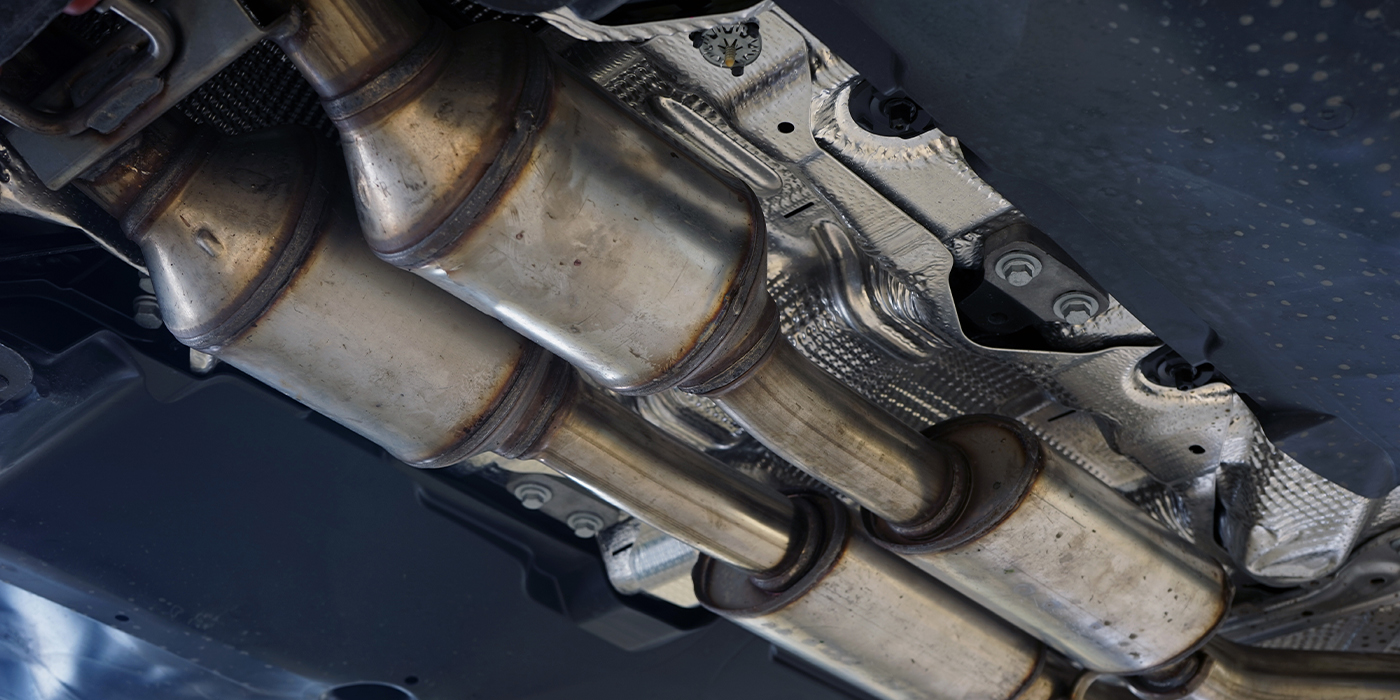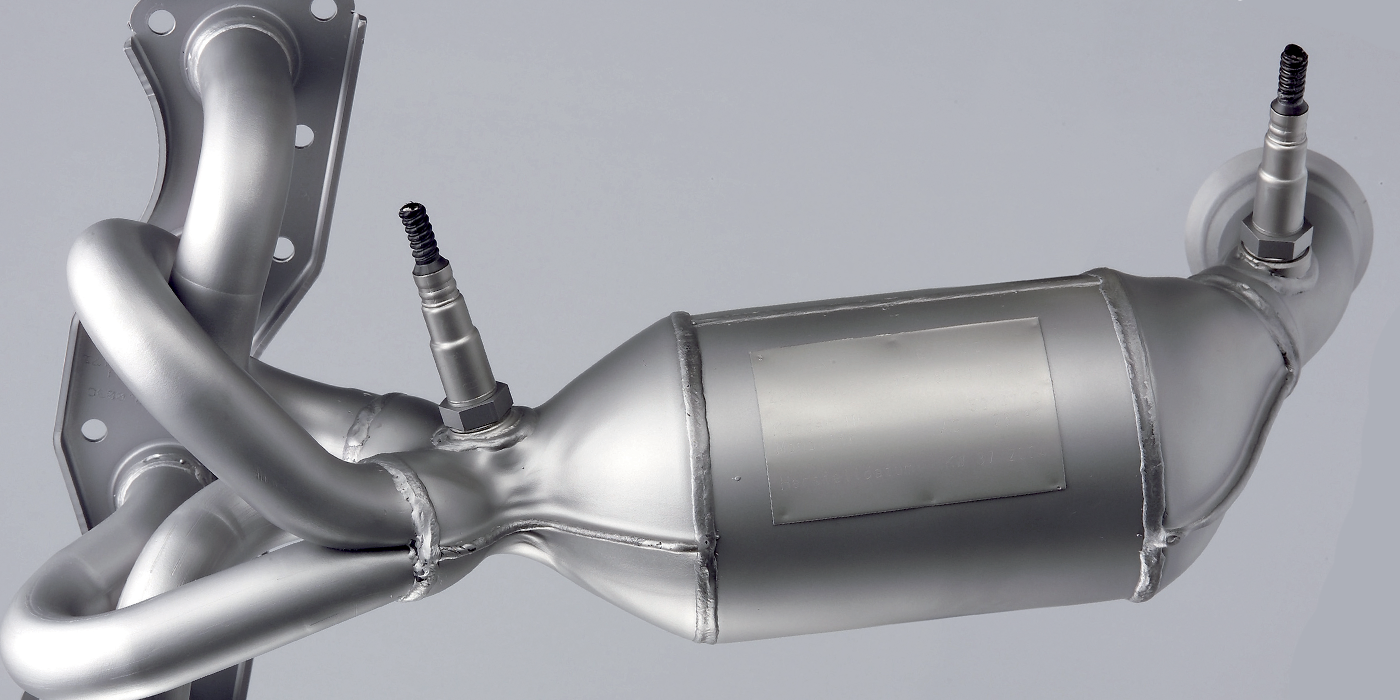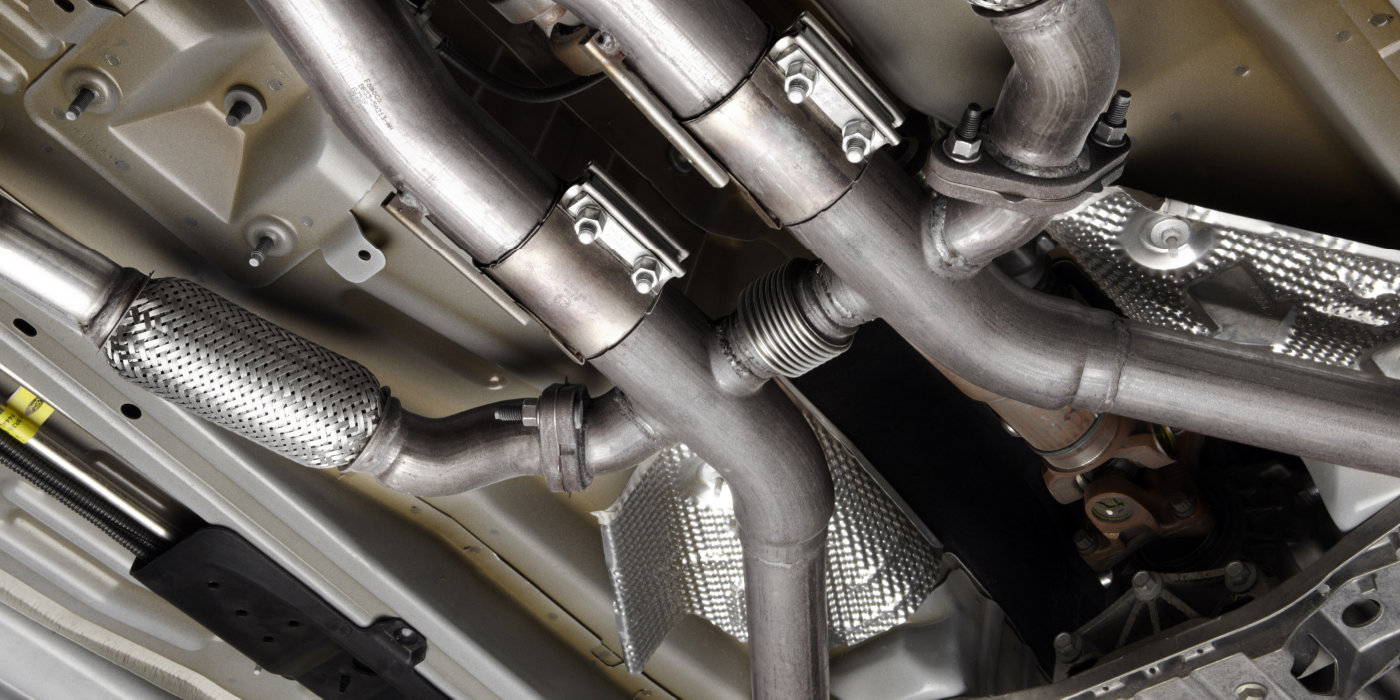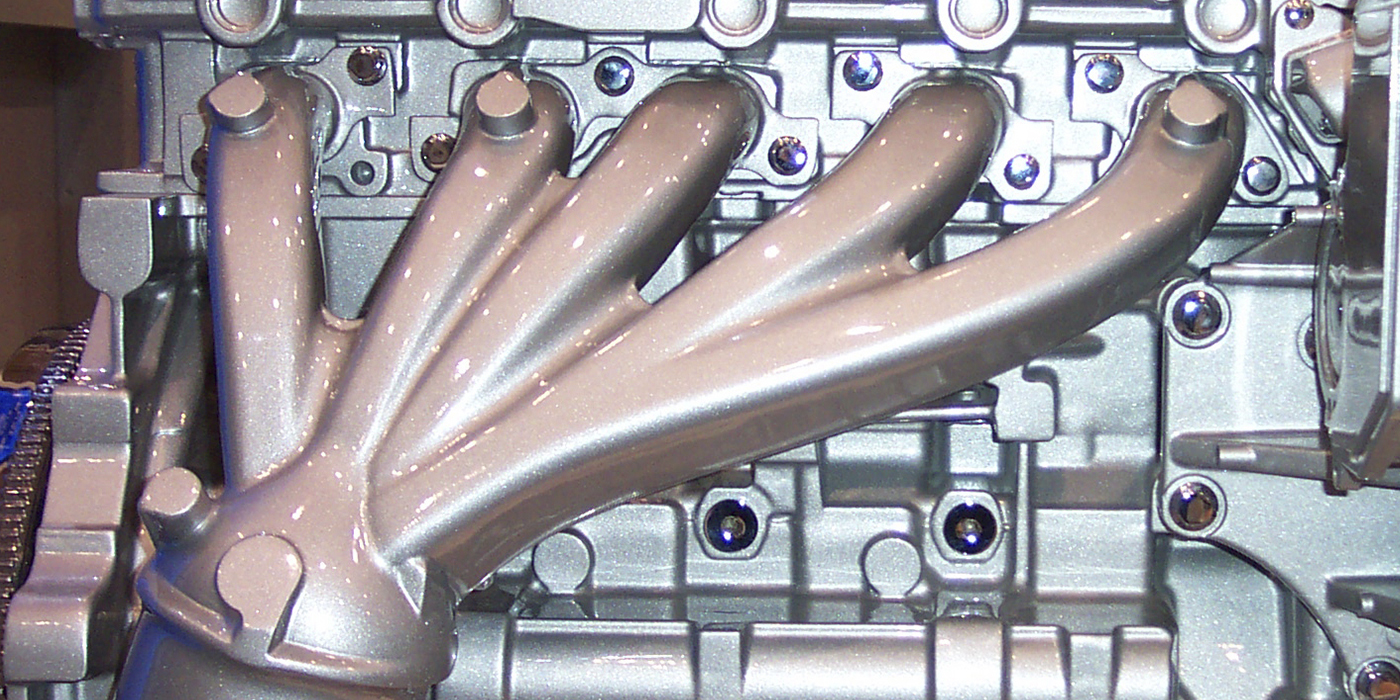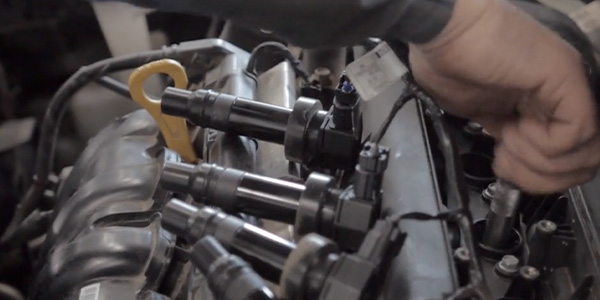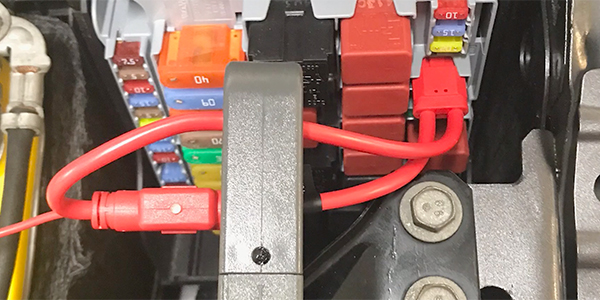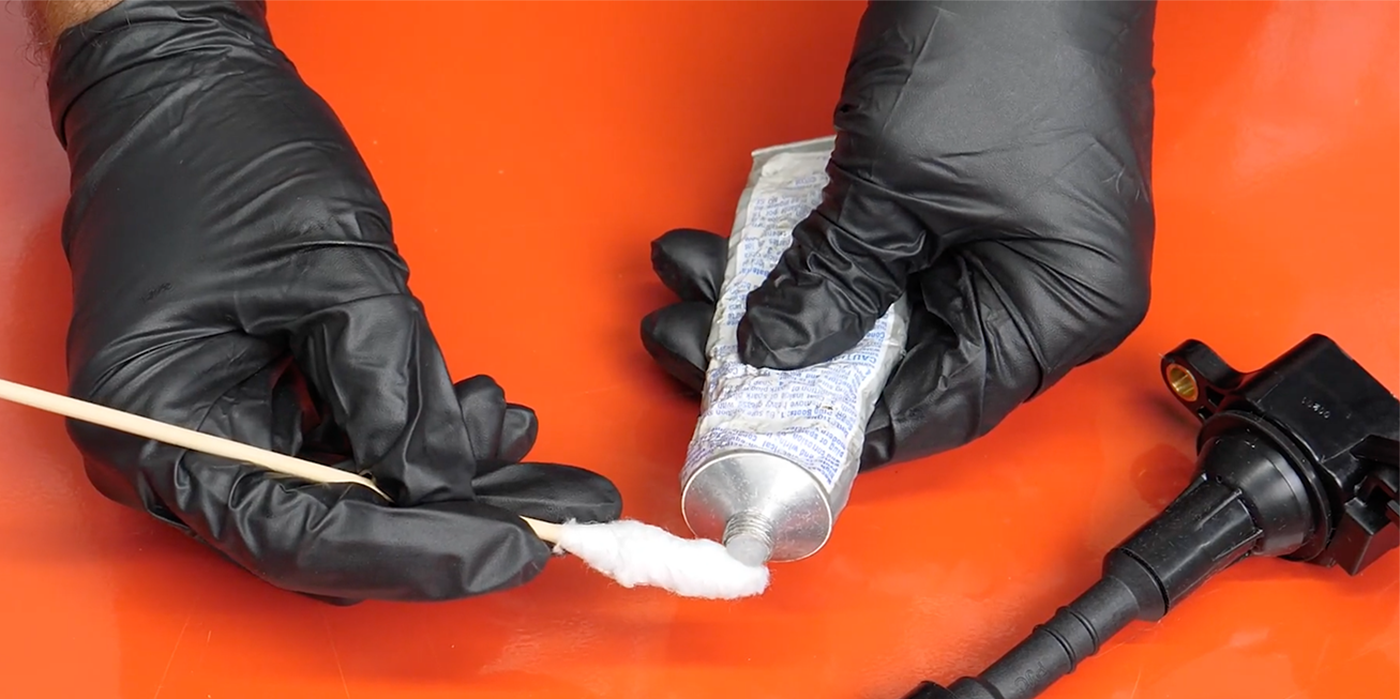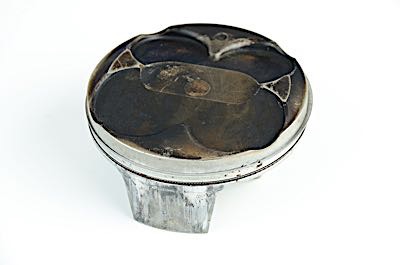
Selecting the correct type and weight of oil for a vehicle becomes more difficult every model year. Recently, many manufacturers have recommended specific oil grades that meet proprietary requirements. These are not to be ignored if you are changing the oil on a direct injection engine with a turbocharger. If the wrong oil is used, it could result in pre-ignition when the engine is under load at low RPMs.
During low-speed pre-ignition (LSPI) events, the air-fuel mixture ignites before the spark plug fires. This pre-ignition event can result in high cylinder pressures and engine knock. It can also damage the piston and spark plug. Some engineers call pre-ignition the “super knock” that can permanently damage an engine.
There are two theories behind LSPI that are being investigated. The first is that a hot spark plug or area of the piston ignites the fuel mixture early. The second theory postulates that droplets of oil that are either deposited on the walls or trapped in the piston rings auto-ignite before the spark plug energizes.
The second theory assumes that the higher compression ratio and forced induction create the “perfect storm” of a richer mixture and higher temperature/pressure that leads to the conditions that cause a pre-ignition event.
In the end, the LSPI conundrum comes down to the volatility of the oil, or the potential to ignite or turn into vapors. For their part, engine oil companies are focusing on additive packages to fix the problem. What some oil and additive companies are reporting is that oils with high levels of detergents like calcium can promote LSPI. Other detergents and friction modifiers can help prevent LSPI. GF-6 oils are currently being created that will help to address this problem in the future.
Many automakers like GM are introducing new oil specifications such as Dexos1 Generation 2 to rectify LSPI problems, but regardless of origin, all of the new standards will have one thing in common — a high-quality synthetic base stock oil. The suspected causes of the LSPI problem have forced some manufacturers to add extra fuel to cool the combustion chamber under low engine speeds and high loads. However, this solution reduces the overall fuel efficiency of the engine.
Best Advice
Some consumers and technicians think if they change their oil every 3,000 to 5,000 miles with conventional oil on a direct injection engine that they are preventing problems and saving on the expense of having to purchase synthetic oil. The reality is that they could be making the problem worse.
Most conventional oils have high volatility numbers. If an oil has a high volatility number, it vaporizes more quickly when exposed to heat. This means that the oil can become thicker over time and won’t lubricate as well. It also means that there is a greater volume of oil vapor the PCV system has to process. These vapors can be loaded with hydrocarbons and stick to the intake valves, causing a carbon deposit problem. Synthetic oils have much lower oil volatility. This reduces oil vapor and carbon deposits on the intake valves.

